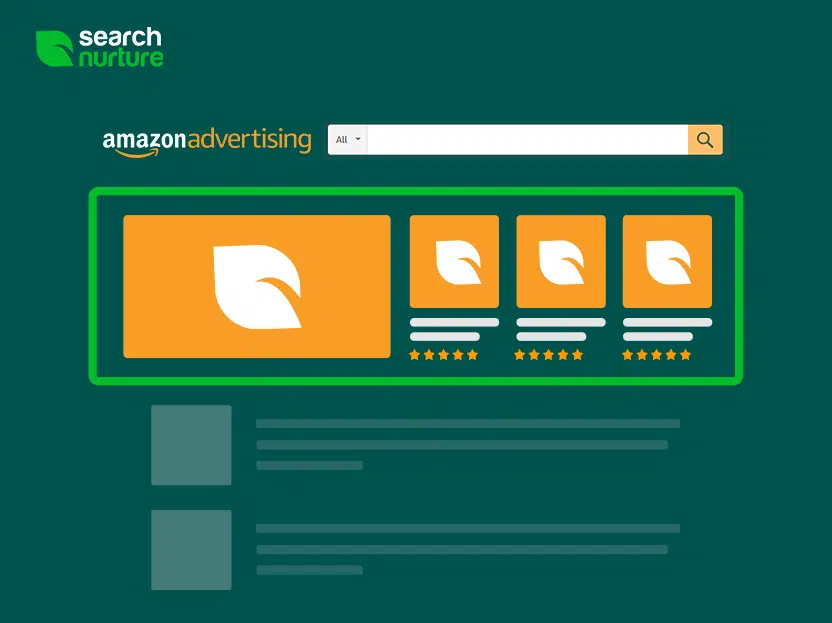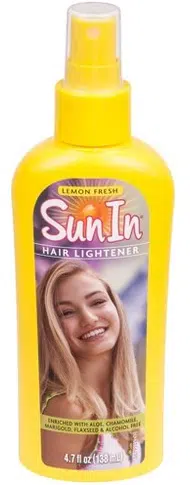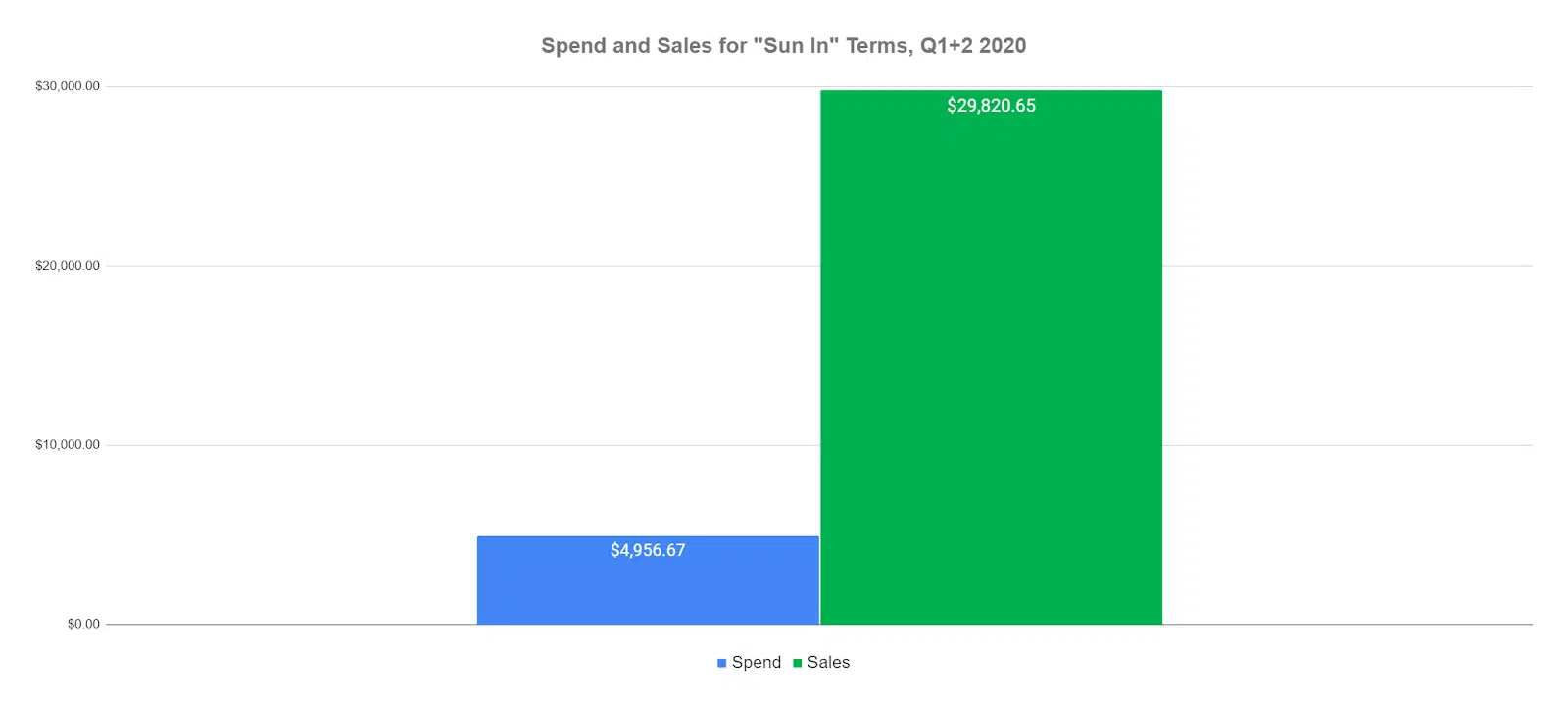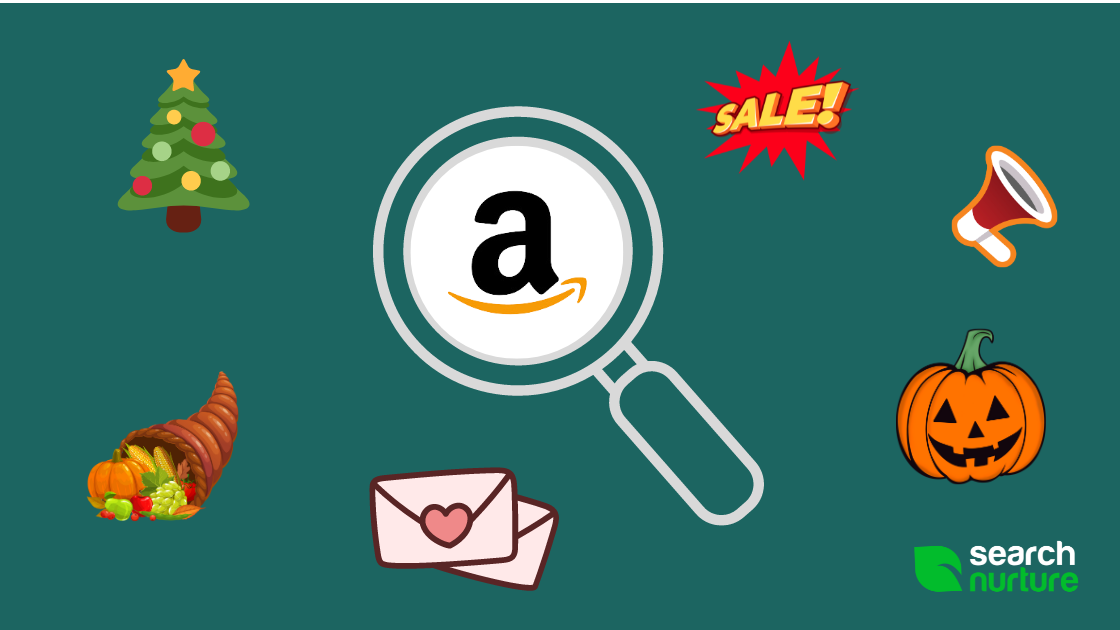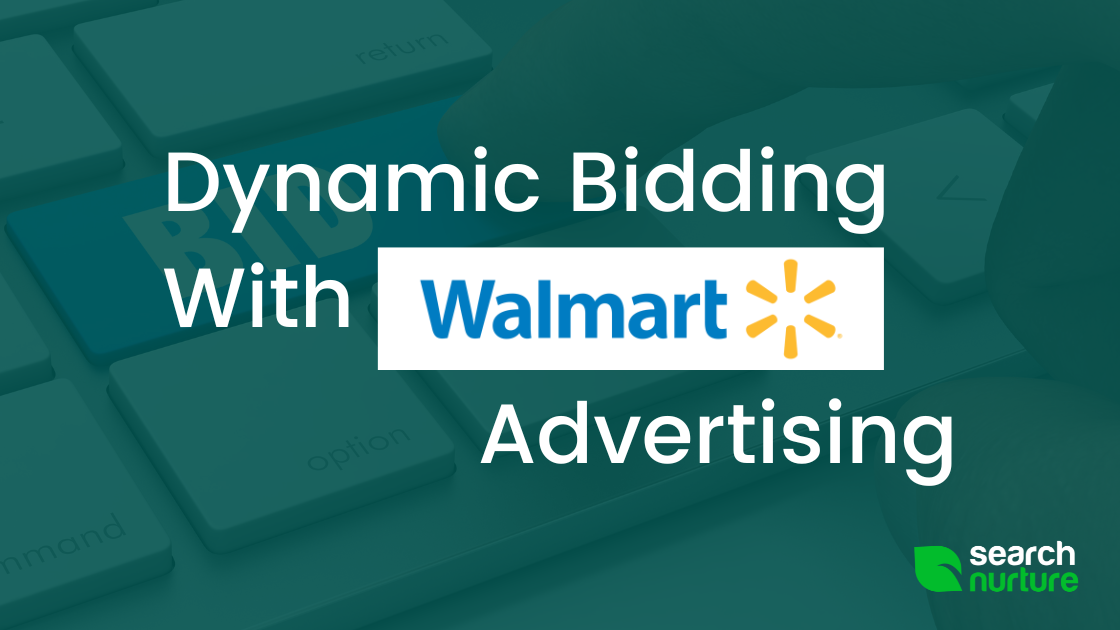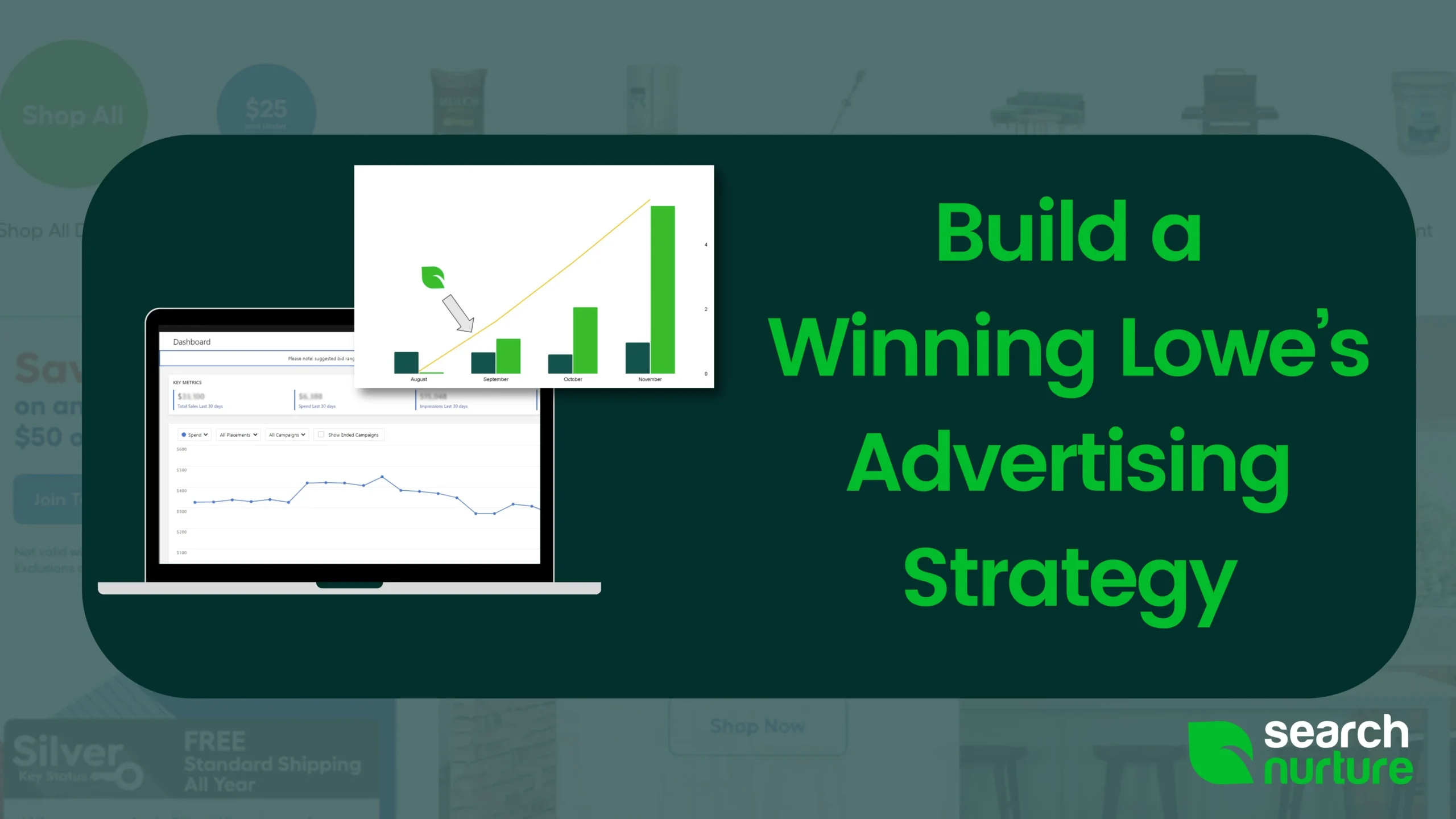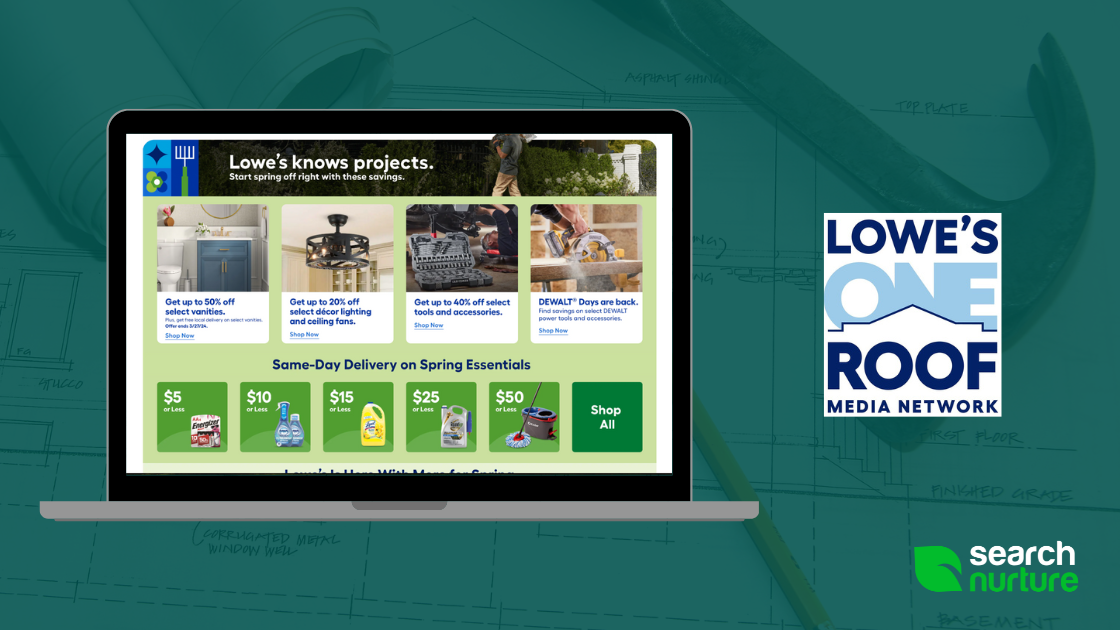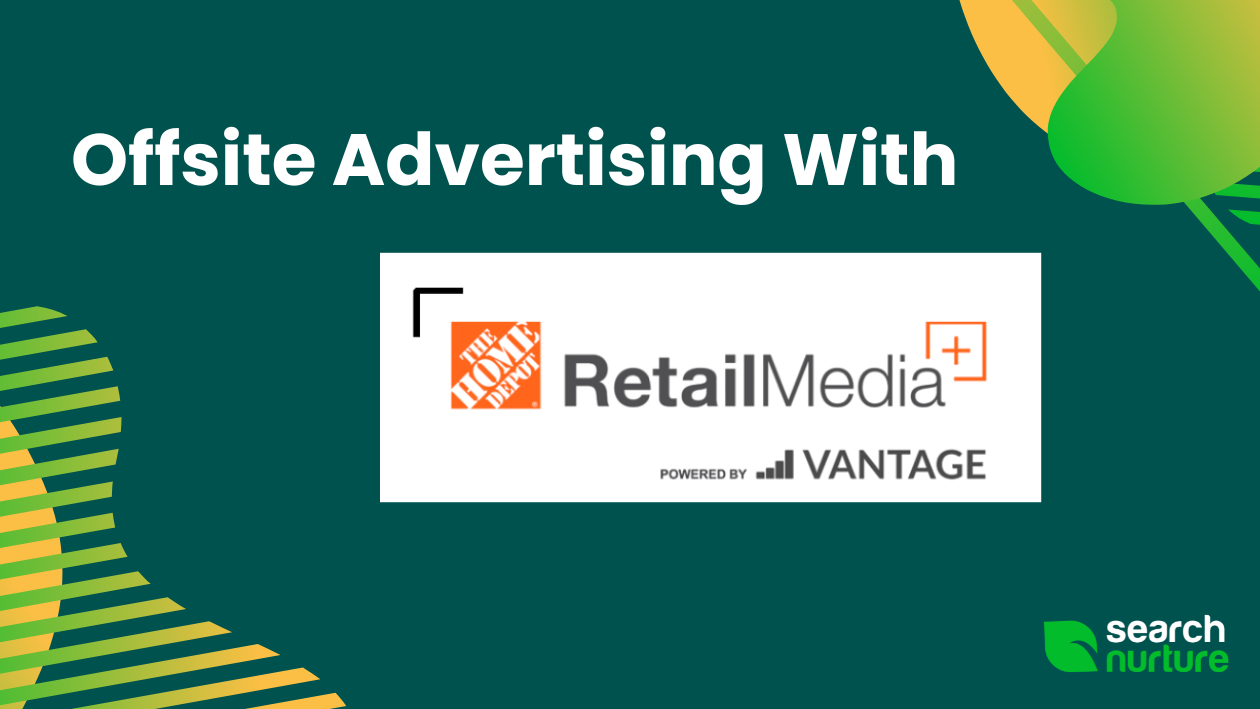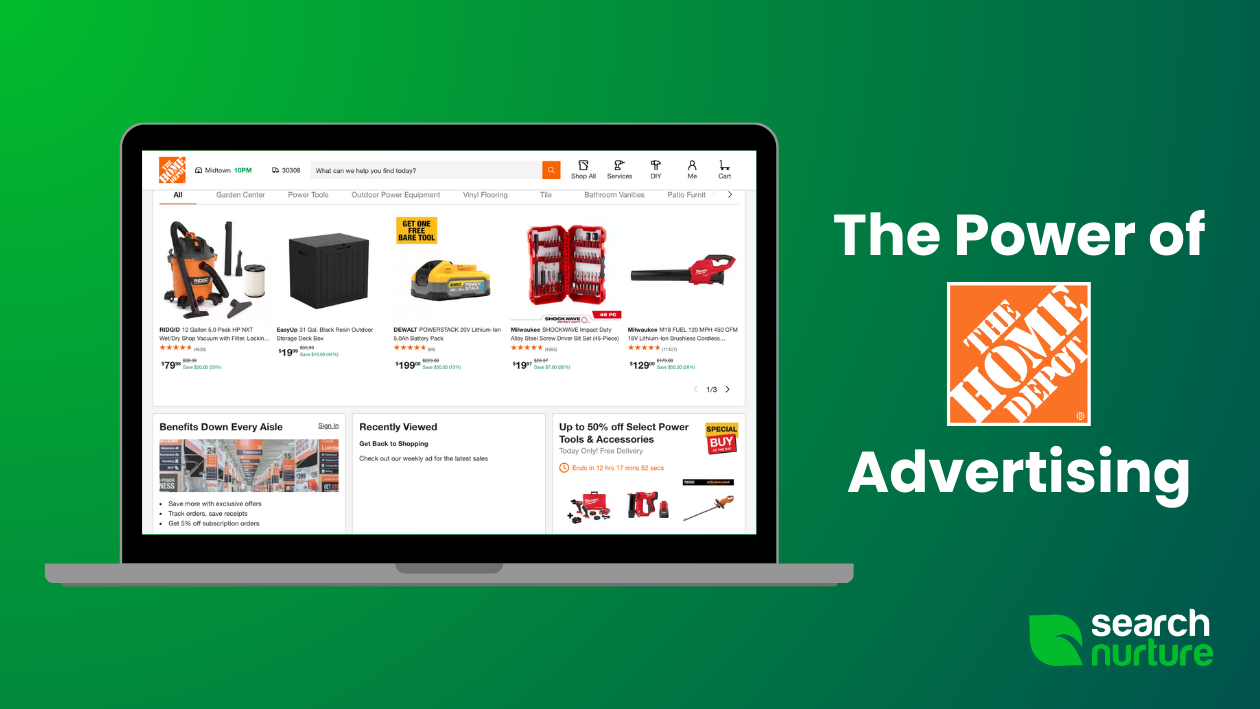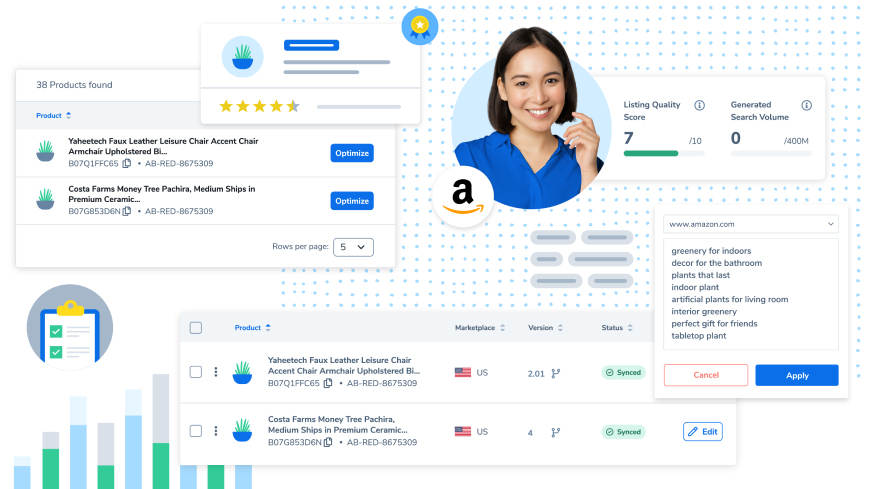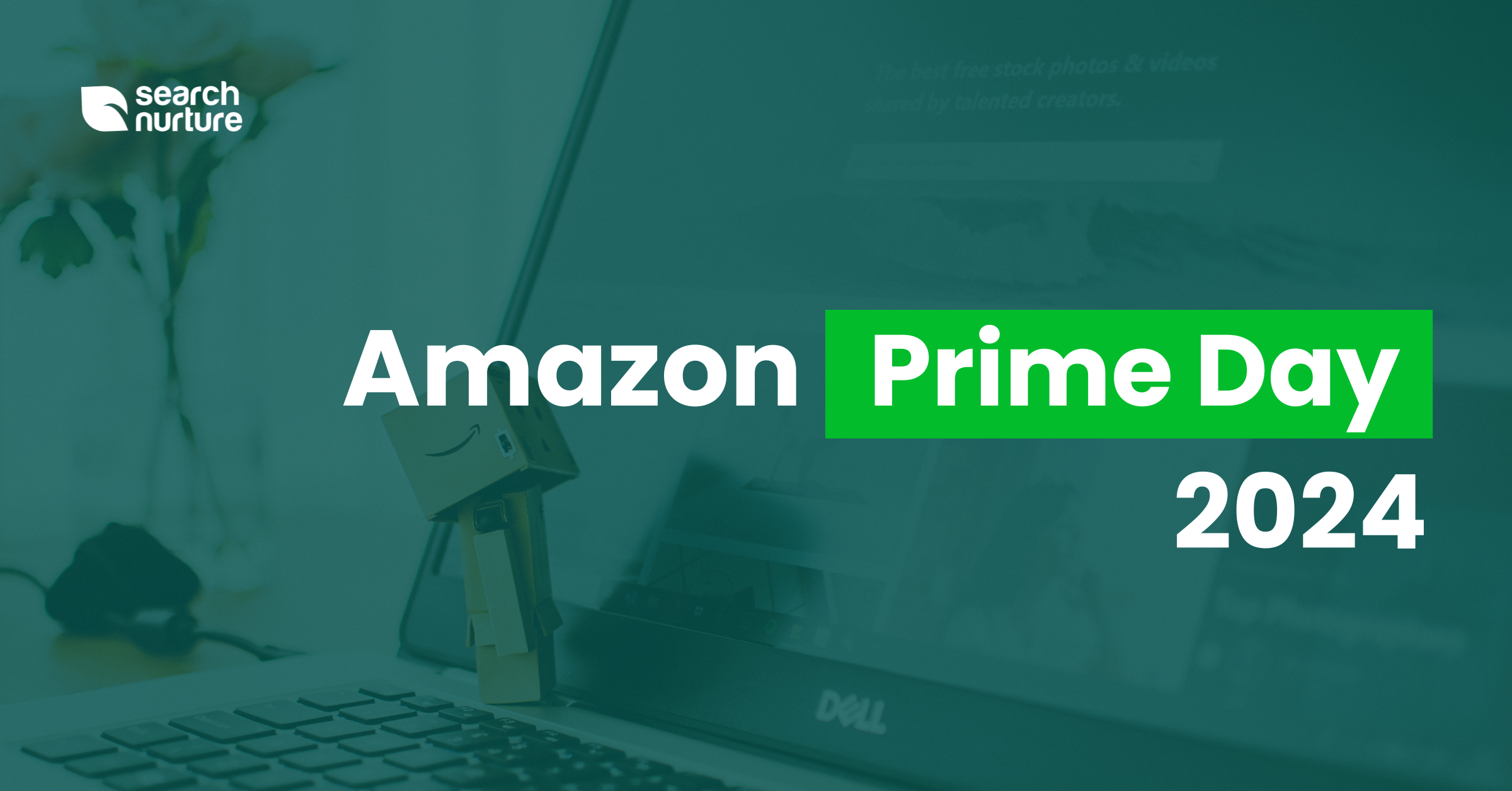What Are Amazon Branded Terms?
Branded Terms in Amazon are terms that include your brand name, whether that is only your brand name or used as an adjective for a product you are selling (“Goldbond” vs. “Goldbond lotion.”) When working with clients, strategizing to spend on branded terms can be a complex topic. Most new clients’ thought process is: If the customer is searching for my product, they won’t buy from another brand. This logic is wishful thinking and often not the case. There is a reason other brands will spend tens if not hundreds of thousands of dollars targeting competitor terms. Even if not targeting your brand directly, your competitors will still target it through broad match terms (“Itch lotion” might serve for “Goldbond itch lotion”.) Competitor ads on your brand’s terms can lead to your loyal customer base trying alternative products made by your competition.
Customer Loyalty
If Customers are looking for my product, won’t they buy it no matter what?
As a retailer, it breaks my heart to say that your customers are often not as loyal as you perceive them to be. A Nielsen study found that in 2019 only eight percent of consumers identified themselves as brand loyalists, and 42% loved trying new products. In an age where new products are just a click away, this attitude can be the undoing of brands unwilling to spend defensively. This is especially true when competitors on retail websites, especially Amazon, are getting more and more ad types to advertise their products on your brand name and listing pages.
Ad Placements That Competitors Can Run on Your Brand
Another common misconception on Amazon is that competitor ads are just simple product tiles with the “sponsored” watermark, and that’s it. Those can look relatively harmless and don’t seem too likely to take customers away, right? 


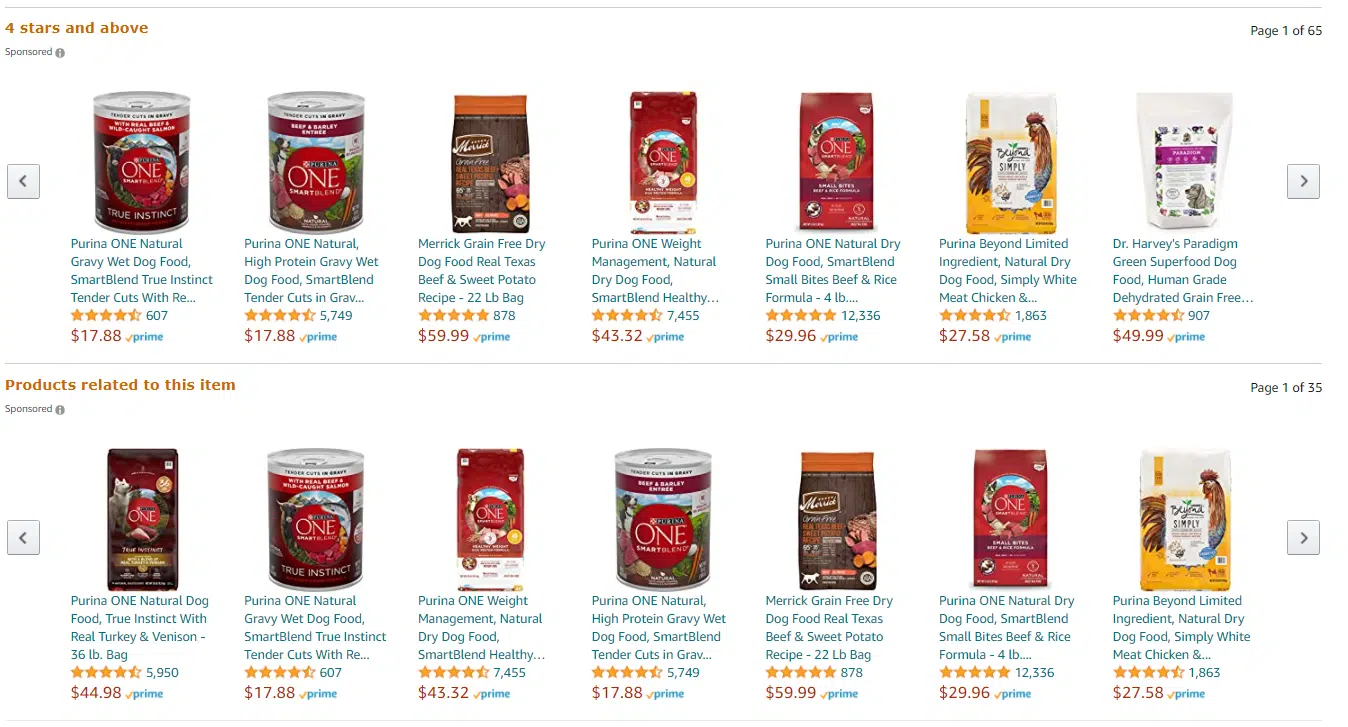
Protecting Your Branded Terms on Amazon
Create Barriers to Entry to Your Branded Terms
Amazon gives you an advantage when it comes to advertising on your own branded terms. To improve the customer experience, the algorithm will prioritize your products on your own branded search terms. Although brand loyalty is not as strong as often thought, Amazon still considers it a worse customer experience for competitor products showing up on branded search terms. This also enables smaller sellers to have a fighting chance against much bigger competitors. Because of the ingrained algorithmic advantage of bidding on your own branded terms, defending your brand is more accessible, but it also means that if you choose not to, even at a minimum, you are removing a natural barrier of entry by removing your advantageous bids. Not removing this barrier makes it much easier and cheaper for your competitors to advertise on your terms further incentivizing them. It’s very evident to an ad manager when a competitor is not defending their brand, and like sharks to blood, they will capitalize by spending on those terms. One of my clients had attributed tens of thousands of dollars in sales on a competitor’s terms over just a few short months at a better efficiency higher than most category non-branded keywords. A hair care company that specializes in colored hair shampoos and conditioners made nearly $30,000 at a 6x ROAS on “Sun In” terms, a popular blonde hair care product. In this case, our competitors made it very easy for us to exploit.
Use Branded Spend to Generate Incremental Sales
One assumption many brands and advertisers make when defending their brand is that you should run these ads to top-selling, most well-known products. These products will already rank well organically on almost all of your branded search terms! Meaning all you are doing is creating repetition, not driving incremental sales on new products. 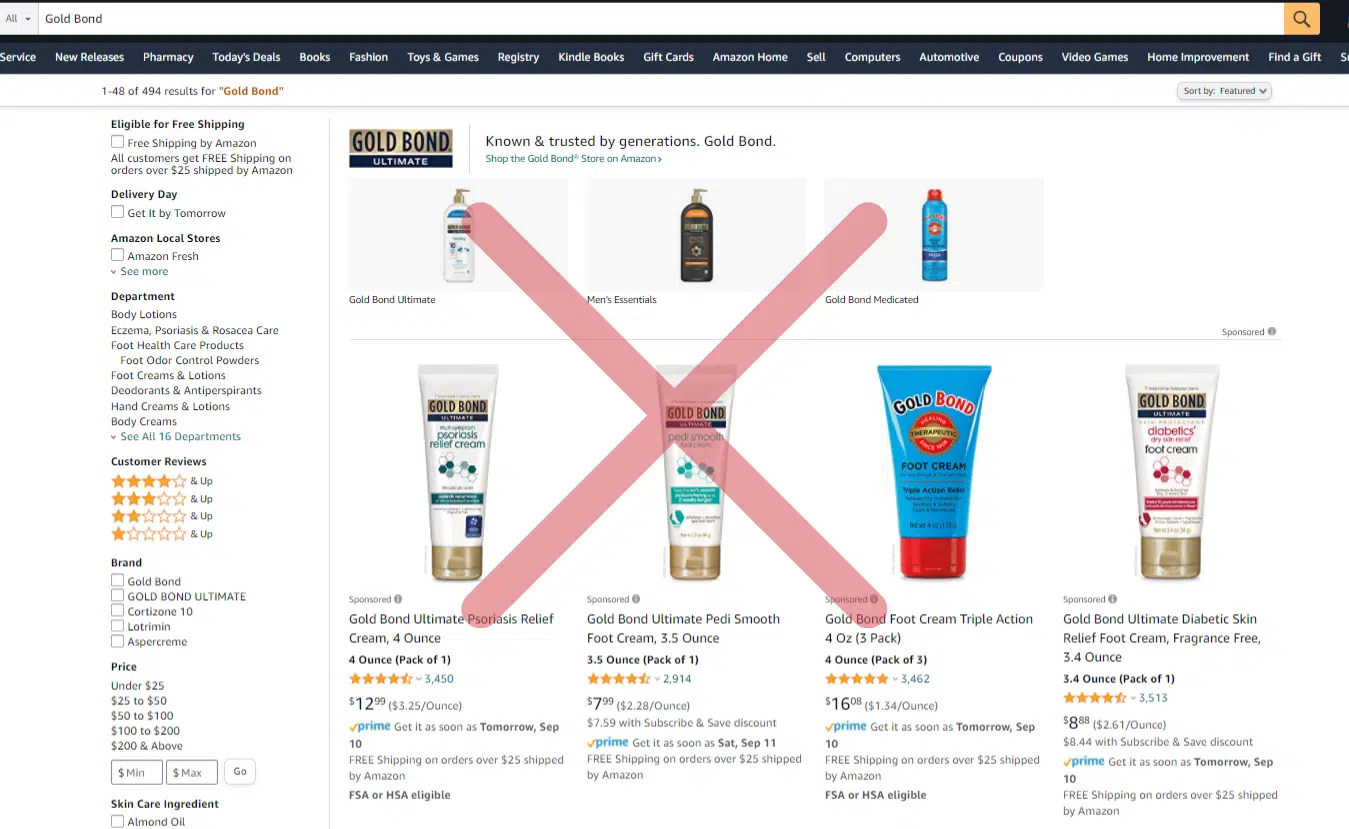
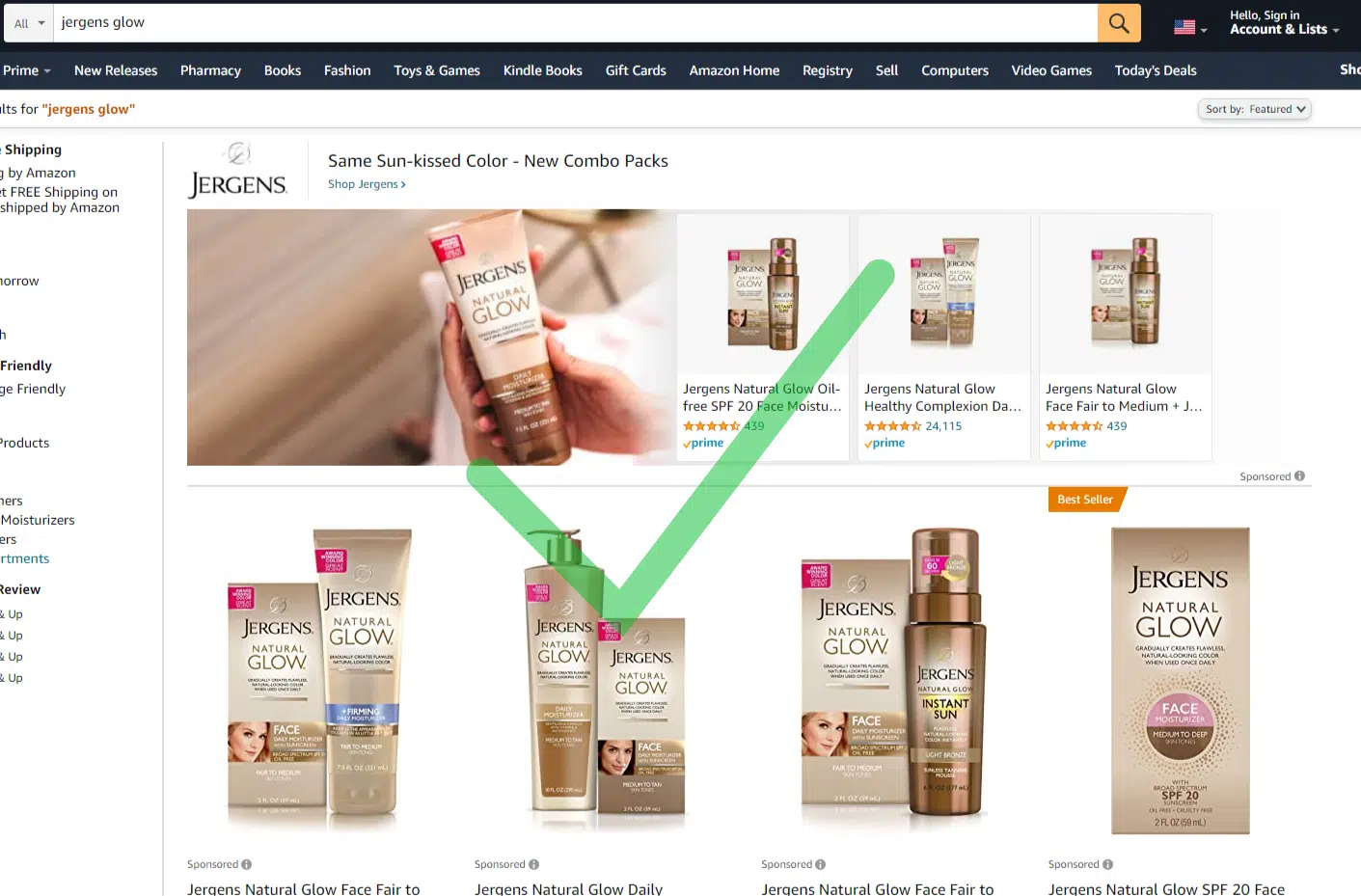
Tailor the Strategy to Your Brand
Now, unless you’re attacking this with quite a hefty budget or want to dedicate all of your money to branded spend (not recommended) you probably won’t be able to do all of this. You will want to make sure you are defending your top-level brand terms and the product pages of your high-volume items. Like all things in advertising, this varies based on your brand’s unique situation and your competitors. We encourage brands to seek paid advertising management in order to maximize their budget and net a healthy ROI. If you’re interested in seeing the potential your brand has with our ads management team, reach out here.

Article by


